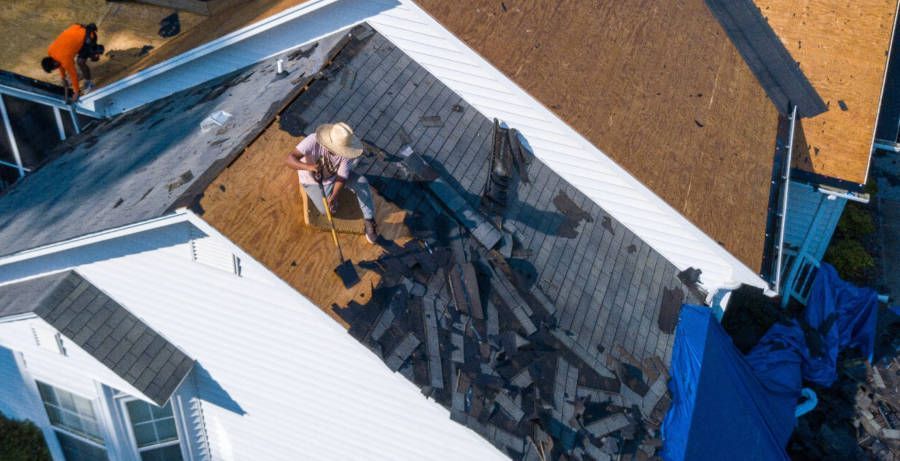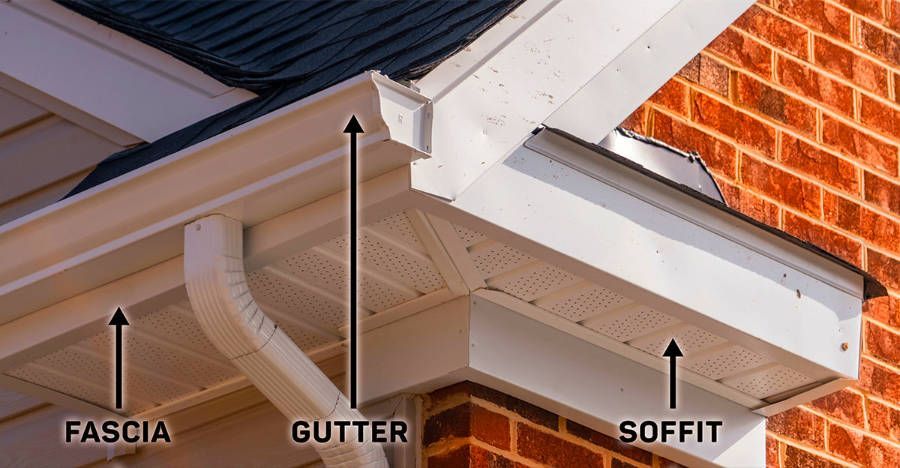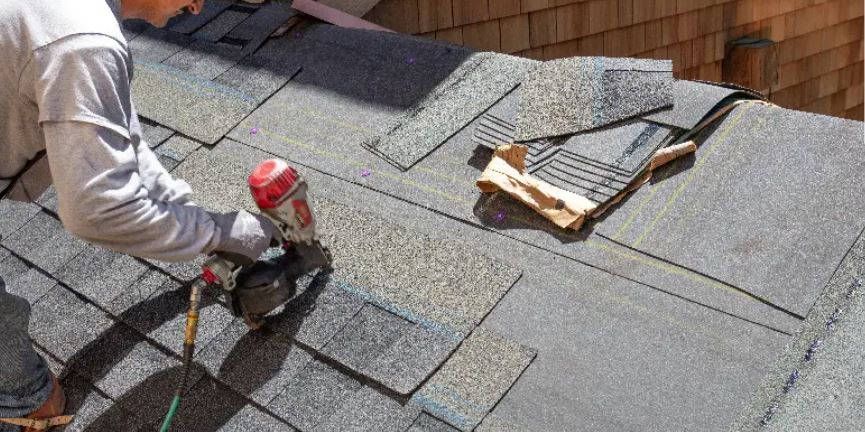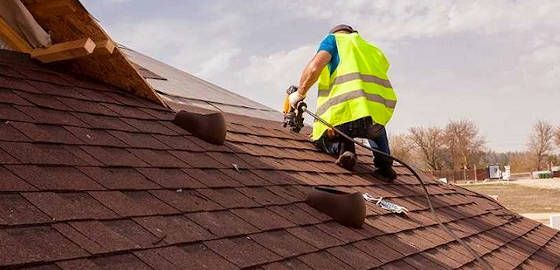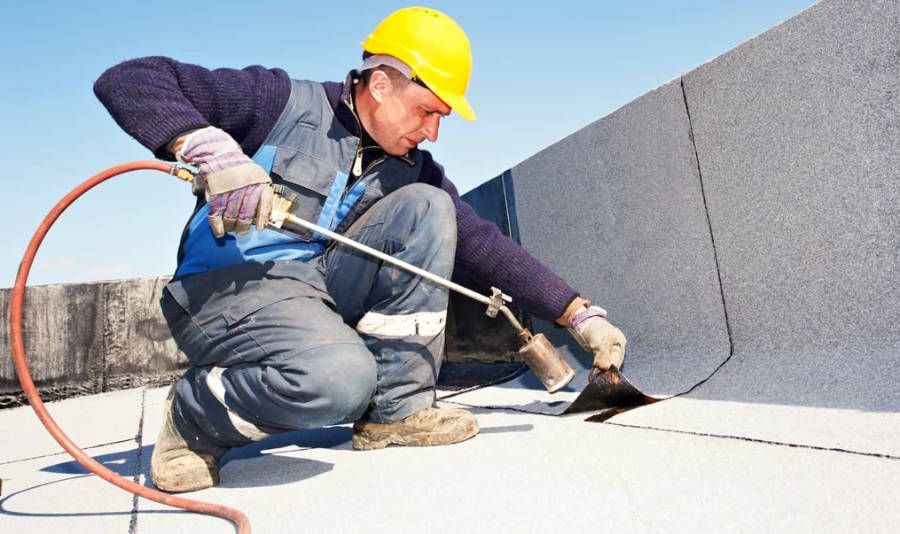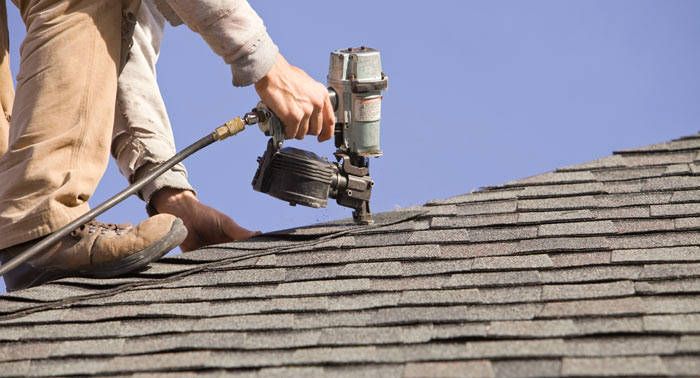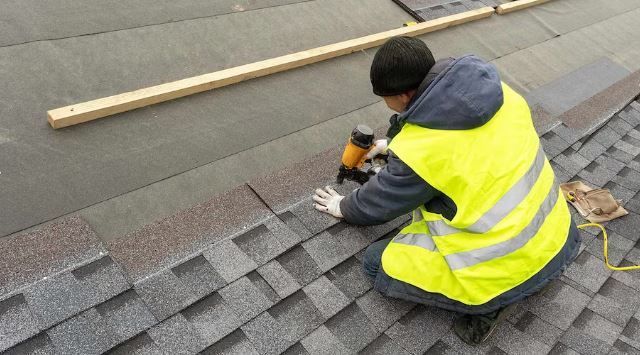Roofing Materials Comparison: A Comprehensive Guide

When it comes to choosing the right roofing material for your home, there's a plethora of options available. Each material comes with its own set of benefits and drawbacks, making the decision-making process both crucial and sometimes overwhelming. In this comprehensive guide, we will delve into the differences between popular roofing materials such as asphalt shingles, metal, tile, and wood. By the end of this article, you'll have a better understanding of which roofing material aligns with your needs, preferences, and budget.
Asphalt Shingles vs. Composition Shingles: Unveiling the Distinctions
Asphalt Shingles: Asphalt shingles are among the most common and cost-effective roofing materials available. They consist of an asphalt-coated fiberglass base mat that has been topped with mineral granules for further protection. These shingles come in various styles and colors, making them a versatile choice for different architectural styles. The asphalt layer provides durability and weather resistance, while the granules enhance aesthetics and UV protection.
Composition Shingles: The term "composition shingles" is often used interchangeably with asphalt shingles, as they share the same basic structure. However, composition shingles can encompass a broader range of materials, including fiberglass, organic fibers, and asphalt. These shingles offer excellent fire resistance and come in various styles that mimic the appearance of wood, slate, or tile. They strike a balance between affordability and performance.
Metal Roofing vs. Shingles: Weighing the Pros and Cons
Metal Roofing: Metal roofing has grown in favor because of its toughness, lifespan, and sleek appearance. Available in materials like steel, aluminum, copper, and zinc, metal roofs can last significantly longer than traditional asphalt shingles. They are resistant to harsh weather conditions, including heavy snow, rain, and strong winds. Additionally energy-efficient, metal roofs reflect sunshine and lower cooling expenses. However, they tend to be more expensive upfront and might require professional installation.
Shingles: Shingles, particularly asphalt shingles, remain a popular choice due to their affordability and ease of installation. They are a reliable option for various climates and architectural styles. Asphalt shingles are relatively low-maintenance and can withstand moderate weather conditions. Additionally, they come in an array of colors and styles, making it easier to match your home's exterior. While not as long-lasting as metal roofs, they can still provide several decades of protection.
Exploring the Appeal of Roofing Tiles
Tile Roofing: Roofing tiles, commonly made from clay or concrete, offer a timeless and elegant appearance. They are known for their durability and can last for a century or more when properly maintained. They also offer great insulation, which helps control indoor temperatures. However, the heavyweight of tile roofing can require additional structural support, and the installation process can be labor-intensive.
The Allure of Wooden Roofs
Wooden Roofs: Wood shakes or shingles are often chosen for their natural beauty and rustic charm. Redwood and cedar are popular options because of their inherent resistance against insects and rot. Wooden roofs can provide excellent insulation and are energy-efficient. However, they do require regular maintenance to prevent warping, rot, and mold growth. Additionally, wooden roofs can be more susceptible to fire, so proper treatment with fire-resistant coatings is essential.
In conclusion, selecting the right roofing material involves a careful consideration of factors such as budget, climate, aesthetics, and maintenance preferences. Asphalt shingles and composition shingles offer a balance between cost and performance. Metal roofing provides durability and energy efficiency but comes at a higher upfront cost. Roofing tiles exude elegance and longevity, while wooden roofs exude natural beauty but require consistent maintenance.
By understanding the characteristics of different roofing materials and considering the unique features of your home, you can make an informed decision that enhances both the functionality and aesthetics of your roof for years to come.
Making Your Decision: Factors to Consider
Climate: The climate of your region plays a significant role in determining the ideal roofing material. Areas with heavy rain or snow might benefit from the durability of metal or tile roofing, while regions with hot climates could benefit from the insulating properties of wooden roofs.
Aesthetics: The architectural style of your home and your personal preferences will influence your choice. Asphalt shingles offer a wide range of styles and colors, while metal roofs can provide a modern or industrial look. Tile and wooden roofs often evoke a classic and charming appeal.
Longevity: Take into account how long you want to remain in your house. Metal, tile, and some wooden roofs can offer exceptional longevity, making them suitable for homeowners seeking a long-term investment. If you're planning to sell in the near future, the cost-effectiveness of asphalt shingles might be more appealing.
Budget: Your budget will undoubtedly impact your decision. While metal and tile roofs generally have higher upfront costs, they can pay off in the long run due to their extended lifespan and energy efficiency. Asphalt shingles are a more budget-friendly option, but they might require replacement sooner.
Maintenance: Consider the amount of upkeep you are ready to devote yourself to. Wooden roofs require periodic treatments and inspections, while metal and tile roofs are relatively low-maintenance. Asphalt shingles fall somewhere in between, needing occasional checks for damaged or missing shingles.
Local Regulations: Check local building codes and regulations. Some areas have restrictions on certain roofing materials due to fire risks or historical preservation requirements.
Installation: Consider the complexity of installation. Metal and tile roofs often require professional installation due to their specialized techniques, whereas asphalt shingles might be more straightforward for experienced DIY enthusiasts.
Conclusion
In the realm of roofing materials, no one-size-fits-all solution exists. Each material has a unique set of benefits and factors to take into account. As you weigh the differences between asphalt shingles, metal, tile, and wood, remember to factor in your specific circumstances and priorities. There is a roofing material that can satisfy your needs, regardless of whether you're searching for price, toughness, or attractiveness.
Before making your final decision, don't hesitate to consult with roofing professionals and consider their expertise. If you're in the Chicago area, you can rely on Second City Roofing, Exteriors & Garage (one of the best
roofing contractors in Chicago).
In the end, investing in the right roofing material is an investment in the protection, comfort, and overall value of your home. By understanding the strengths and weaknesses of each option, you can make an informed choice that aligns with your goals and enhances your living experience.
Remember, whether you're interested in
flat roofing in Chicago or other roofing solutions, Second City Roofing, Exteriors & Garages is here to help you achieve the roofing outcome you desire.
